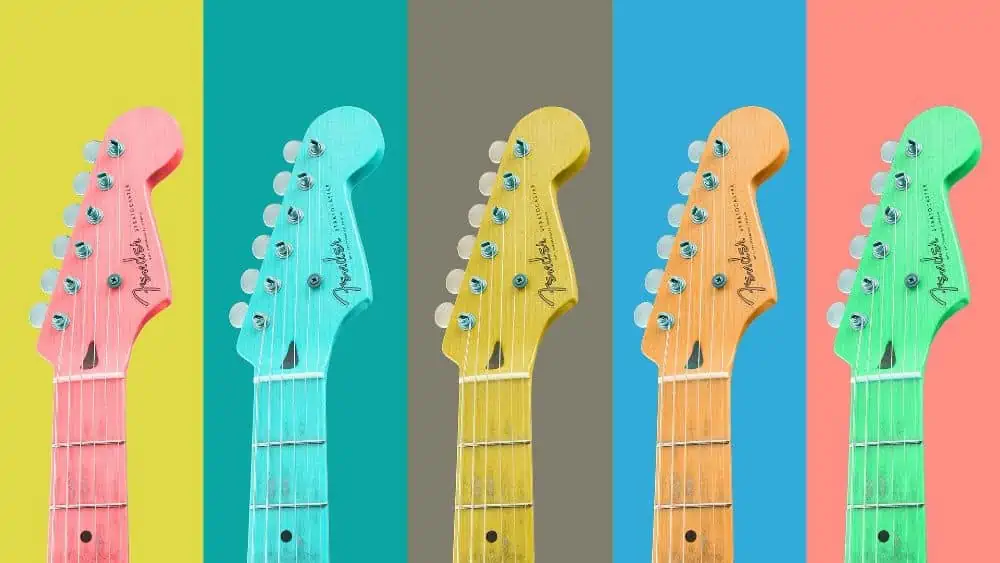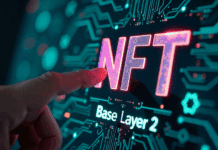Musicians can leverage NFTs to create non-transferable tickets as well as exclusive digital music collections.
The music industry is one of the first to adapt to new technologies. The streaming revolution has been tough on artists, who have been harmed by the change in music consumption habits.
However, with the arrival of NFTs, many groups and artists have seen a new opportunity in these tokens.
How can artists use NFTs?
Non-Fungible Tokens (NFTs) work in a similar way to cryptocurrencies, except that they do not represent a currency. They cannot be exchanged for each other either, as they are Each one is unique and indivisibleIn fact, their main characteristic and their main source of value is that they are unique.
NFTs can store any type of digital file: from a work of art to a video. Of course, they can also contain audio files.
Want to learn more about NFTs? Discover the NFT Elementary Course.
Operating on a blockchain, NFTs can also serve to record ownership of a piece of music, a concert ticket, or an entire album. But how can non-fungible tokens interact with music? Let's take a look:
Full albums
The first musical band to release an album in NFT was “King sof Leon”, who released their album “When you see Yourself” in March 2021. For this release, the band created three Tiers of different NFTs, one of them with exclusive content, such as premium tracks for digital download, vinyl albums or front row tickets to one of their concerts.
Since then, other artists have followed suit, publishing songs or entire albums in this format. Some of them, They have opted for auction as a means of sale, which has allowed them to raise a large amount of money.
Graphic material
Artwork, images and videos, can be an important source of income for artists. In this sense, NFTs can be link to an image file, unique video, or even a collection of images.
The Weeknd linked an NFT collection to an animated piece based on his song “Blinding Lights.” Meanwhile, K-Pop group BTS created a collection of illustrations featuring the likeness of its members, while other artists, such as Shakira and David Bowie, have released collections of images in this format.
Mystery Box in NFT
Another use for NFTs in the music world is the creation of “mystery boxes” containing various musical content. For example, Trey Songz released one of these boxes containing unreleased songs and exclusive pieces composed for the occasion.
It might interest you: Bit2Me Academy Renews Its Bitcoin 101 and Main Cryptocurrencies Courses
This type of NFT can contain other formats, for example, tickets to a concert or VIP experiences with the artist, such as a video call or dressing room passes.
Concerts in the metaverse and in real life
NFTs can also be used for sale of tickets to concerts and musical eventsOne of the main advantages of this type of tickets is that they could put an end to bad practices such as scalping.
Furthermore, since it is stored on the blockchain, it would be almost impossible to lose the ticket, since it could always be carried with you, for example, on your phone, and, thanks to its format, it is not necessary to have a physical version.
Memorabilia and merchandising
Non-fungible tokens can also be used for collecting and selling memorabilia. For example, Julian Lennon, son of Beatles singer John Lennon, created a series of NFTs linked to classic pieces from the Liverpool band.
In this case, the original parts were linked to digital versions of the same. In this way, notes that Paul McCartney made for the song “Hey Jude” were sold, as well as a jacket that John Lennon wore in “Imagine”, the cape that appeared on the cover of “Help!” and also the ownership certificates of three Gibson guitars used by the group.
NFTs can also be used to sell merchandise. Shawn Mendes, for example, launched a collection of items inspired by one of his albums, which included t-shirts signed by the artist.
How can NFTs impact the future of music?
The use of NFTs as certificates of ownership could lead to a future in which Music artists forego intermediaries such as record labels or streaming platforms to release their music to the publicIn this way, artists and groups can use NFTs to regain control of prices and their productions, creating a better flow of profits.
Artists could also leverage NFTs to create a range of experiences, such as hosting exclusive events, concerts and even live performances in the metaverse, such as the one Ariana Grande performed in the popular game Fortnite in 2021.
Keep reading: Tesla, Block Inc and Blockstream team up to mine Bitcoin with solar energy



